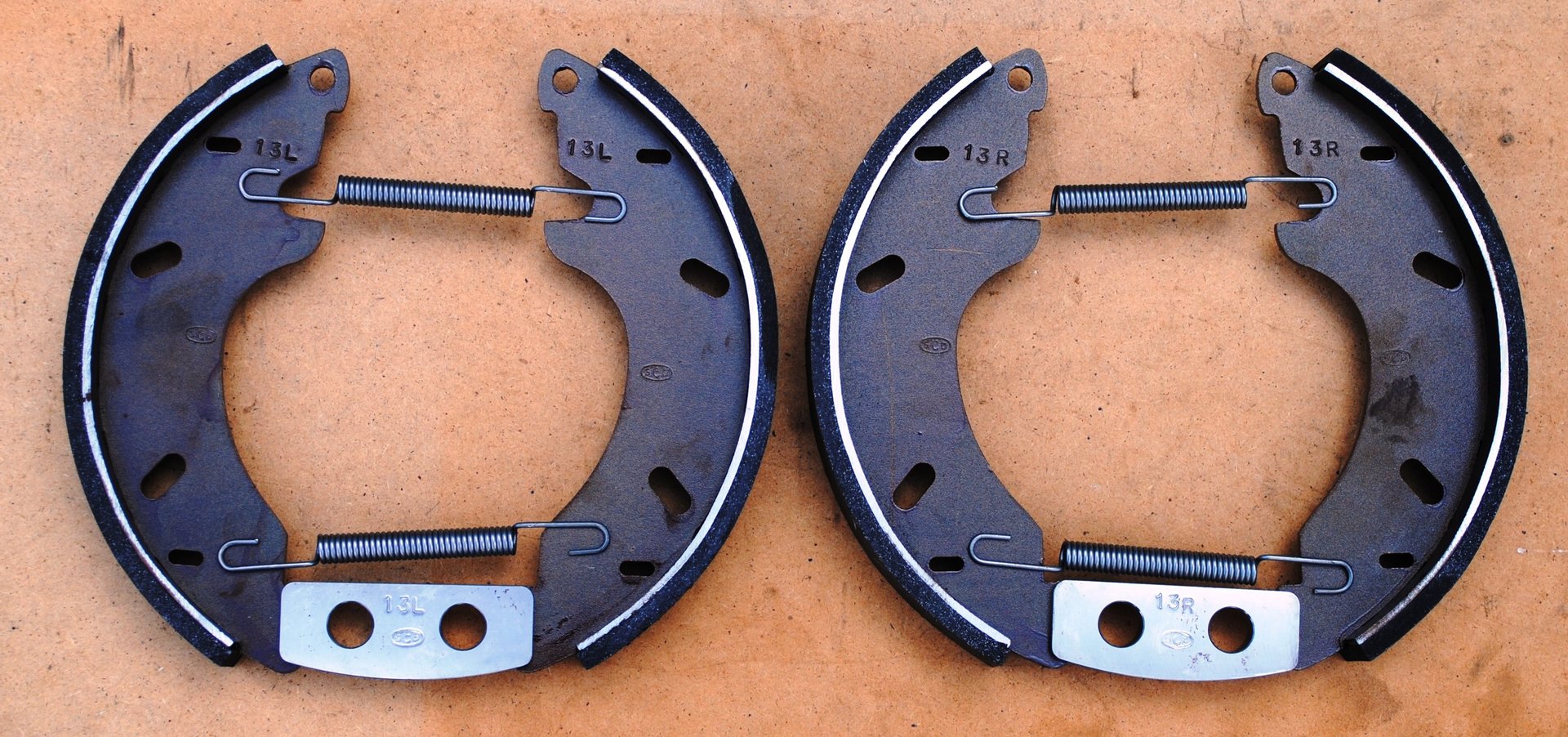Floating Brake Shoe Upgrade
The general working principle of the Traction brakes is that the bottom of the shoes are anchored with a difficult means of adjustment.
For the brakes to work properly on the original arrangement, the radius of the brake shoe and the brake drum have to be identical and the anchor points set such that the bottom of the shoe is on the verge of touching the drum whilst the top edge has nominal clearance such that when the brakes are applied the entire surface of the shoe is in contact with the brake drum.
However, in practice these conditions are rarely met and the majority of the wear takes place on a small portion of the leading edge of the brake shoe. This tends to cause rapid wear of the shoe and creates addition heat that can cause the brake drum to distort.
Most automotive manufacturers realised the short comings of this system and adopted the 'floating brake shoe' system. Even Citroën eventually conformed, but far too late for the Traction and DS models.
The answer is to modify the original brake shoes to achieve a 'floating type' action which can be done with the following kit which comprises:
- A set of brake shoes lined full length and skimmed on a lathe with specialised tooling to match the exact inner diameter of your brake drum - to a few 100th of a mm. Every Traction's drum size will be slightly different, so great care is taken to size the shoes to match each particular drum.
- A custom plate which is bolted to the anchor points on the original brake back plate for the shoes to slide/float in when they operate.
- New return springs.
These conversion kits are made of all new materials and can be skimmed to suit your existing brake drums.
The modifications to the brake shoes does not preclude you returning to the original system.



